Saikumaran Ayyappan
Profile Information
- Name
- Dr Saikumaran Ayyappan
- Institution
- North Carolina State University
- Position
- Post Doctoral Research Scholar
- Affiliation
- Post Doc
- h-Index
- 3
- ORCID
- 0000-0003-2939-3015
- Expertise
- Electron Microscopy, In Situ Transmission Electron Microscopy (TEM), Irradiation, Scanning Electron Microscope
Publications:
|
"Effect of Al addition to the multi-principal elemental AlxCrFeNiCu alloy system in terms of the resulting microstructure and ion irradiation response"
Geoffrey Beausoleil, Saikumaran Ayyappan, Jenny S Forester, Farida Selim, Djamel Kaoumi,
Journal of Alloys and Compounds
Vol. 1031
2025
Link
Recently, high-entropy alloys (HEAs) and multi-principal elemental alloys (MPEAs) have attracted attention as potential new structural materials for in-core nuclear reactor applications, thanks to their structural stability and excellent mechanical properties. However, their multi-phase microstructural behavior under irradiation requires further attention, as it is crucial for understanding the irradiation behavior of the alloys. The current work compares the radiation behaviors of the Al0.3CrFeCuNi (0.3Al) and Al0.8CrFeCuNi (0.8Al) alloys, which were prepared via spark plasma sintering and then irradiated in situ in a transmission electron microscope (TEM) using 1-MeV Kr+ ions and up to 10 displacements per atom (dpa) at room temperature (RT) and at 300°C. Pre-irradiation characterization of the alloys was performed using x-ray diffraction (XRD) and transmission electron microscopy, revealing the formation of major proportions of (face-centered cubic [FCC] + body-centered cubic [BCC]) phases. A higher Al content spurred transformation from the FCC phase to the BCC phase and sparked the formation of ordered phases. While the alloy containing 0.3Al (FCC) exhibited irradiation-induced ordering at both RT and at 300°C, the 0.8Al alloy showed irradiation-induced disordering of the ordered phases at 300°C. The pre- and post-irradiation transmission electron microscopy experiments evidenced how variations in local chemistry and microstructural features in these MPEAs affect the local response to irradiation (at the nm/µm level). This study provides an overview of how structurally and chemically different phases in MPEAs react when under irradiation, affording crucial knowledge for understanding the irradiation resistance of the alloys. |
||
|
"Irradiation induced martensitic transformation and ordering in AlxFeCrNiMn multi-principal elemental alloys"
Saikumaran Ayyappan, Djamel Kaoumi,
Materials Characterization
Vol. 225
2025
Link
Multi-Principal Element Alloys (MPEAs) have garnered significant attention as promising structural materials for extreme environments. However, their microstructural behavior under irradiation needs more investigation. In this study, AlxFeCrNiMn alloys with two different compositions (x = 0.3, 0.8) were subjected to in-situ irradiation inside a Transmission Electron Microscope (TEM) using 1 MeV Kr+ ions at 300 °C. Two key findings of this study were the observation of radiation-induced chemical ordering, as confirmed through extensive post-irradiation TEM diffraction analysis and the occurrence of localized martensitic transformation within the matrix phase of the alloy, induced by irradiation. High-resolution TEM (HRTEM) analyses, including Fast Fourier Transform (FFT) and Inverse Fast Fourier Transform (IFFT) techniques, provided evidence of the presence of layered martensitic phases. This discovery is particularly significant, as it represents the first reported instance of irradiation-induced martensitic transformation in High-Entropy Alloys (HEAs). |
Additional Publications:
Accomplishments
NSUF Research Collaborations
Please wait
Please wait
About Us
The Nuclear Science User Facilities (NSUF) is the U.S. Department of Energy Office of Nuclear Energy's only designated nuclear energy user facility. Through peer-reviewed proposal processes, the NSUF provides researchers access to neutron, ion, and gamma irradiations, post-irradiation examination and beamline capabilities at Idaho National Laboratory and a diverse mix of university, national laboratory and industry partner institutions.
Privacy and Accessibility · Vulnerability Disclosure Program

